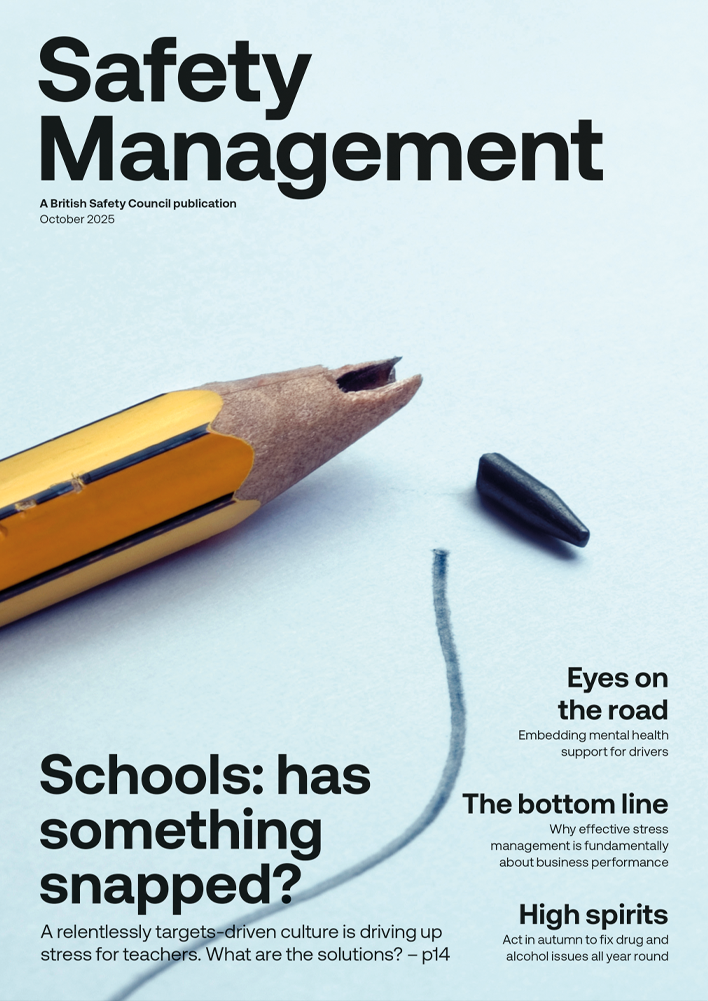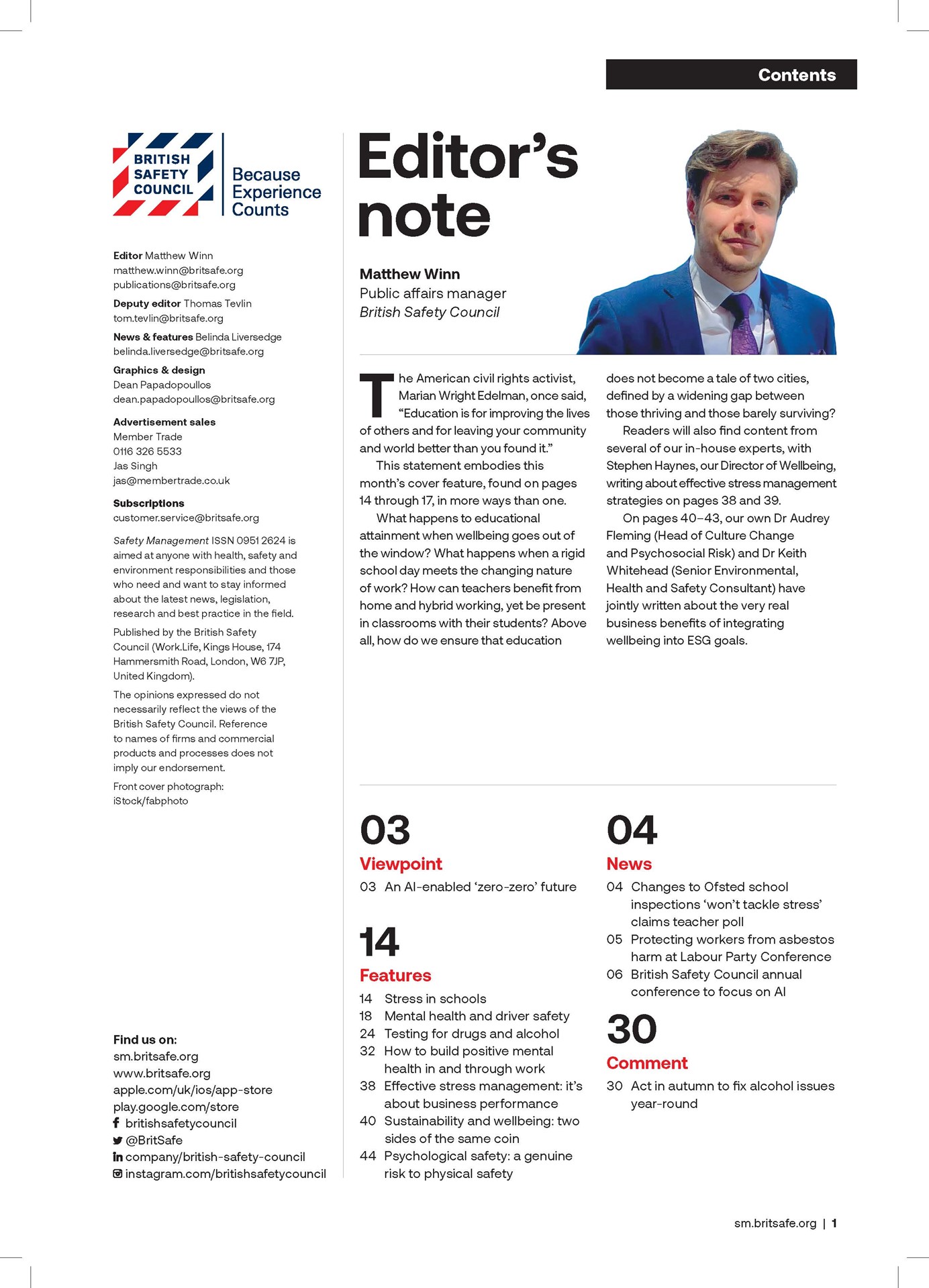The Clean Air Bill is now in the House of Commons after a successful passage through the House of Lords where it picked up a substantial amount of cross-party support.
Opinion
Clean Air Bill would put UK at forefront of tackling air pollution
The 32-page Bill has been painstakingly tailored over a number of years and would put us at the forefront of tackling air pollution. The Bill aims to protect the public against air pollution, which is one of the biggest public health hazards of our time and responsible for tens of thousands of premature deaths in the UK.
 Photograph: iStock
Photograph: iStock
There are four significant changes from existing Clean Air legislation. My Bill applies to indoor air quality, whether at work or on the tube. It links the issue of human health and the climate crisis by taking a joined up, zero emission approach to solving both. This draft legislation brings the World Health Organization (WHO) standards to the heart of what our government does. Finally, it sets up an enforcement mechanism that applies legal sanction to local and national government, along with corporations and other organisations.
Ella’s Law
With her mother Rosamund’s permission, I am calling my Clean Air Bill ‘Ella’s Law’ after Ella Kissi-Debrah, the child who became the first person in the UK to have air pollution listed as a cause of their death in a historic ruling by the coroner in 2020. Failure to reduce pollution levels to legal limits possibly contributed to her death, as did the failure to provide her mother with information about the potential for air pollution to exacerbate asthma, the coroner found.
The Government will argue that air pollution has improved a lot in the past two decades and, despite their missing legal targets and constantly dragging their feet, there is some truth to that. However, the evidence of the negative impacts of air pollution on health has also grown, especially the threat posed by ultra-fine particles.
Last year, the government passed the Environment Bill without including the target set by the WHO for dealing with these microscopic bits of pollution that can lodge in the brain and other organs. My Bill would bring such standards up-to-date with the science.
The case of Awaab Ishak, the two-year-old who died from mould on the walls, shows the need for action on indoor air quality. While there are no set standards for indoor pollution, the WHO does recommend that “...dampness and mould-related problems be prevented. When they occur, they should be remediated because they increase the risk of hazardous exposure to microbes and chemicals.”
As with outdoor air pollution being linked to areas of low rent housing (often located next to busy roads), the WHO correctly states that: “Dampness and mould may be particularly prevalent in poorly maintained housing for low-income people.”
Improving air quality in schools
Clean air is for everyone, but it has distinct benefits for the less well off.
Schools in urban areas have already started to take steps to deal with pollution from nearby busy roads, but some have also examined the level of pollutants inside the school. My Bill would speed up this process of improving air quality in the classroom.
Over the next few months, I will need support from MPs across the political spectrum to make sure Ella’s Law makes progress in the Commons.
Follow the progress of the Clean Air (Human Rights) Bill:
bills.parliament.uk/bills/3161
Follow Baroness Jenny Jones of Moulsecoomb:
OPINION

Don’t lose autism in the neurodiversity wave – why targeted reform is essential
By Rt Hon Sir Robert Buckland KBE KC on 03 December 2025
Autistic adults have waited too long for meaningful reform. They have shared their experiences and expertise. Now they deserve action, accountability, and transformation.

Inclusion saves lives: embedding equality, diversity and inclusion (EDI) into global occupational safety and health
By Umer Changaiz, CMIOSH on 03 December 2025

Work-related road risk – steering clear of danger
By Ben Pepper, CL Medilaw on 30 October 2025
Each day across the UK, millions of employees take to the roads as part of their working lives. Whether delivering parcels, attending client meetings or riding bicycles between jobs, road use plays a vital role in keeping businesses going. While the general health and safety landscape has evolved significantly over recent decades, work-related road risk (‘WRRR’) remains an area that is too often overlooked by employers.



